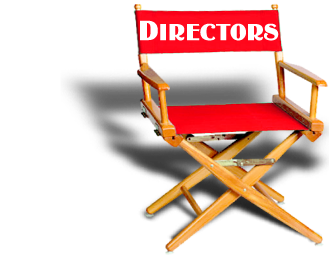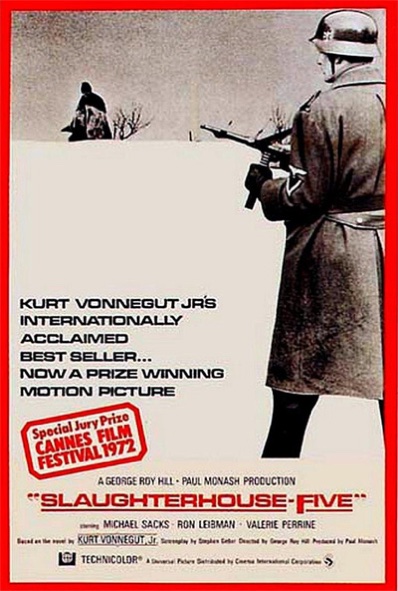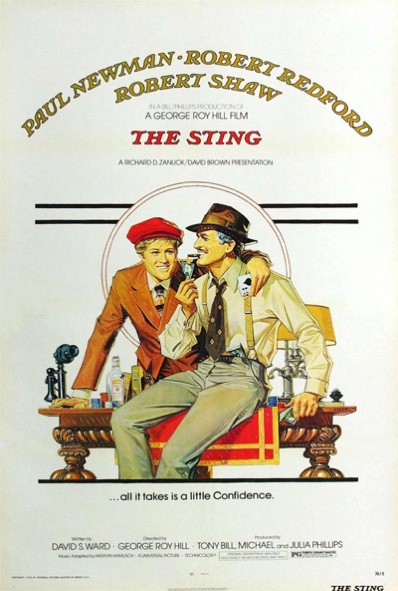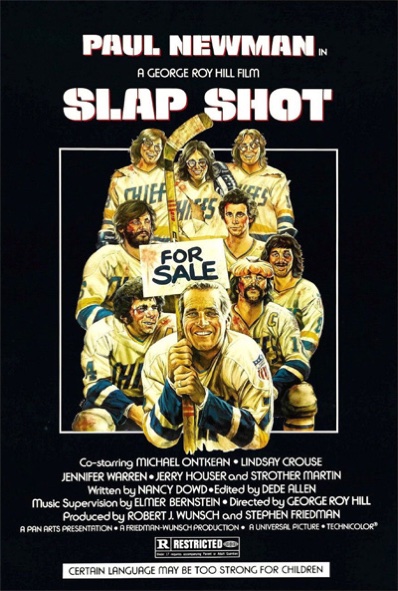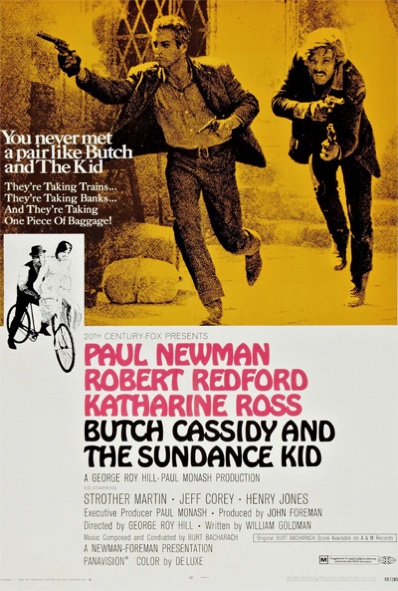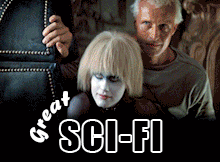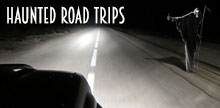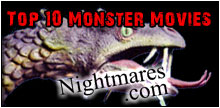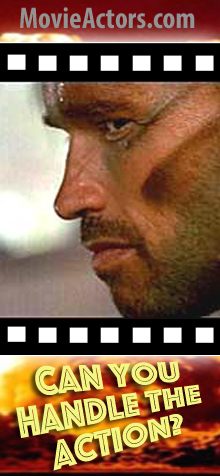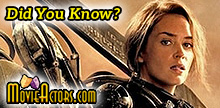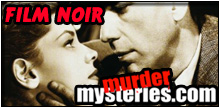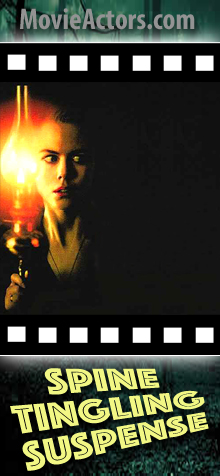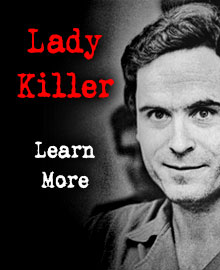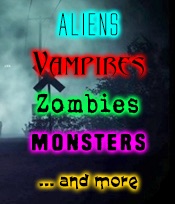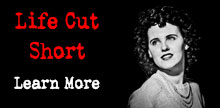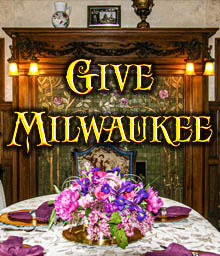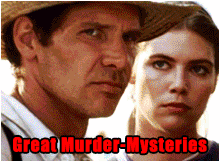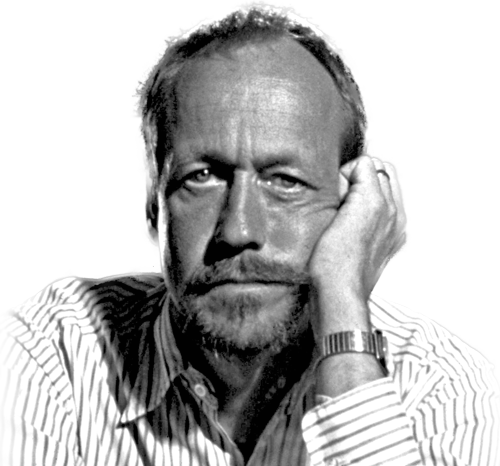
George Roy Hill
Best known for directing such films as Butch Cassidy and the Sundance Kid (1969) and The Sting (1973), both of which starred the high-powered acting duo of Paul Newman and Robert Redford. His other notable films included Slaughterhouse-Five, The World According to Garp, The World of Henry Orient, Hawaii, Thoroughly Modern Millie, The Great Waldo Pepper, Slap Shot, Funny Farm, A Little Romance with Laurence Olivier, and The Little Drummer Girl.
George Roy Hill was a fighter. A Marine pilot during World War II and the Korean War. His admirers say he was as stubborn as steel. Robert Redford claimed that if you ever went to him with a different way of doing things, you’d better have at least four good reasons and still be ready for a fight.
The famed screenwriter of “Butch Cassidy”, William Goldman, says that because of Hill’s “vast talent, his skill at infighting, and his personality, he runs the show”. Like others, though, Goldman, would work with Hill on multiple projects.
His experience as a Marine may have helped him “run the show”. George Roy Hill’s gained experience as actor, writer and director for stage and live television in the ’50s is what you see in his films. He was a noted actor in the Cyril Cusack Company in Dublin before the Korean War. After returning from duty there, George started writing and directing for American television. Hill’s work for “Kraft Television Theatre” earned him Emmy nominations in both the writing and directing categories. “Look Homeward, Angel”, his directing debut on Broadway, was a hit.
Hill’s first feature films were just okay: “Period of Adjustment”, from Tennessee Williams’ play. He directed on Broadway; “The World of Henry Orient”, starring Peter Sellers; and the film adaptation of Michener’s “Hawaii”. This Marine was cut out for funnier stuff.
Some regard his next project, “Thoroughly Modern Millie”, (1967) as his best. It is lovely, with the quintessential performances by Carol Channing and Julie Andrews. But, it’s no match for what comes next.
George Roy Hill is the unmistakable “silent” partner in two of the best buddy films of all time — “Butch Cassidy and the Sundance Kid” and “The Sting“. In fact, they are credited with reinvigorating the genre (as well as, in the case of “Butch“, killing the Western).
Teaming Robert Redford and Paul Newman together was more to Hill’s credit than to anyone’s. He fought for them. The studios thought that Redford was not a big enough name. Marlon Brando, Warren Beatty, and Steve McQueen were their choices. And, at one time, it was Jack Lemmon as Butch and Paul Newman as Sundance.
Hill was known for kicking writers, producers and even actors (who weren’t in the scenes being shot) off the set. But, nobody ever kicked Newman anywhere. He had the muscle to have Hill replaced on “Butch” in favor of a less feisty director, but Newman respected Hill’s talent too much. So, they just duked it out.
Newman and Hill fought for weeks over the placement of the “Bledsoe scene”, in which the cantankerous sheriff gives Butch and Sundance the lowdown on exactly “who those guys (the Superposse) are.” Newman wanted it to be the last scene before they escape to New York. Hill felt that all that info had to come sooner. The argument persisted until the first cut and Newman saw that Hill was right.
Likewise, Newman is responsible for the tone of the film. Hill pictured the film as being much more serious. On the first day of shooting, which was the famous “blowing up the baggage car” scene, Newman was just naturally playing it much lighter than rehearsed. Hill cut, and after a powwow of some length between star and director, the shooting started again with grins aplenty.
Famous for his practical jokes on everyone, Newman once had Hill’s desk sawed in half because Hill wouldn’t pay his bar tab. Then, during the wrap party for “The Sting”, Newman had Hill’s brand new sports car sawed in half, just to witness his expression. They would remain friends for life, and would work together on three pictures (and Hill would help his friend out with his attempts at directing).
As delightful as “BC&TSK” is, with a nigh perfect script — William Goldman won an Oscar for Best Original Screenplay — the critical and popular acclaim went four years later to “The Sting”, with ten major Oscar nominations and seven wins, including Best Director.
After the letdown of “The Great Waldo Pepper”, with Redford, two years later, Hill directed the cult sports Hall-of-Famer “Slap Shot” with Newman. Then, after the remarkably deft, gentle and beautiful “A Little Romance”, in 1979, with Diane Lane in her film debut. Hill took a hiatus, teaching drama at his alma mater, Yale.
The project that brought him back to Hollywood was the film adaptation of John Irving’s “The World According to Garp”. Like “Slaughterhouse-Five“, which he directed between the two buddy films. It was an impossible book to adapt. But, with a Marine’s command and a professor’s reverence for the source material (and his usual skill at casting), Hill pulled off the impossible. The man’s man, Hill directed many women beautifully, none better than Glenn Close in her Oscar-nominated film debut as Garp’s mom, Jenny Fields.
He was not so lucky with John Le Carre’s “The Little Drummer Girl”, where he would have been wiser to have “tinkered and tailored” the novel into a more cinematically reasonable structure. His last project was the so-so “Funny Farm”. Though Chevy Chase is his usual thud, the townspeople who are Chase’s rural hell live up to the title.
For years, Hill, Redford and Newman each read scripts, hoping to find one suitable to complete their trilogy. It never happened, of course, and Hill returned to the prestige of Yale in the late ’80s, where he no doubt scared the hell out of students and faculty alike. He died of complications from Parkinson’s Disease in December, 2002.
— Nate Lee
Memorable Quotes by George Roy Hill
“[on Julie Andrews] A gutsy lady.”
“[on Robert Redford] Redford is a dangerous man to let loose on the streets. He has holes in his head, he should be arrested.”
“People watch luck go by them and they’re blind – they never reach out and grab it.”
“Luck is an art.”
Things You May Not Know About George Roy Hill
Taught drama at Yale after retiring from his career as a director.
Was nominated for Broadway’s 1958 Tony Award as Best Director for “Look Homeward, Angel.”
Not to be confused with another ace director of an earlier generation, George W. Hill (1895-1934).
He directed 5 different performers in Oscar-nominated performances: Jocelyne LaGarde, Carol Channing, Robert Redford, Glenn Close and John Lithgow.
He has directed two films that have been selected for the National Film Registry by the Library of Congress as being “culturally, historically or aesthetically” significant: Butch Cassidy and the Sundance Kid (1969) and The Sting (1973).
Great Scenes:
BUTCH CASSIDY AND THE SUNDANCE KID
- The great scenes are many and famous
- Butch and Sundance jumping off the cliff
- The bicycle scene with Paul Newman and Katherine Ross
- Blowing up the baggage car
- The sepia montage in New York City
- That’s only a few of them. Sundance’s poker scene in the beginning and the freeze-frame end are iconic
THE STING
- Redford puts a drunk Paul Newman in the shower
- The poker game on the train between Newman and Robert Shaw
- As great as Newman and Redford are together, they’re actually not together that much. The way each of them plays off the inimitable Robert Shaw is much more interesting
- The finale, where the movie “stings” not just Shaw, but the audience a bit
SLAUGHTERHOUSE FIVE
- The scenes in Dresden are a powerful anti-war statement. The geodesic dome scenes on the planet of Tralfamador are especially dramatic when Valerie Perrine shows up
- Billy Pilgrim’s wife rushes to the hospital only to get herself killed in the process
A LITTLE ROMANCE
- Laurence Olivier is as captivating as ever. What is really remarkable is how brilliant a young Diane Lane is in this picture. When they get drunk, the boy punches the director, defending his girlfriend’s honor. Meeting Olivier’s character and hearing about the legend of Venice
- The Gondola ride
THE WORLD ACCORDING TO GARP
- The opening scene with the credits is hilarious and shows us what kind of ride we are in for
- John Lithgow as Roberta, the pro football player transsexual
- The plane crashing into their house. This film has a cameo by Hill as the pilot. Considering his real life character persona, to real Marine aviation history. It is a nice touch to have him in the film. Hill kept himself in a long shot
SLAP SHOT
- The Hanson Brothers first taking the ice and changing the game to “goon” hockey is hilarious
- Michael Ontkean doing his tease at the end to help the team
BEST FILMS:
- The Sting
- Butch Cassidy and the Sundance Kid
- Thoroughly Modern Millie
- Slaughterhouse-Five
- A Little Romance
- The World According to Garp
- Slap Shot (cult favorite)
George Roy Hill’s directing credits include…
| Year | Movie |
|---|---|
| 1962 | Period of Adjustment |
| 1963 | Toys in the Attic |
| 1964 | The World of Henry Orient |
| 1966 | Hawaii |
| 1967 | Thoroughly Modern Millie |
| 1969 | Butch Cassidy and the Sundance Kid |
| 1972 | Slaughterhouse-Five |
| 1973 | The Sting |
| 1975 | The Great Waldo Pepper |
| 1977 | Slap Shot |
| 1979 | A Little Romance |
| 1982 | The World According to Garp |
| 1984 | The Little Drummer Girl |
| 1988 | Funny Farm |
